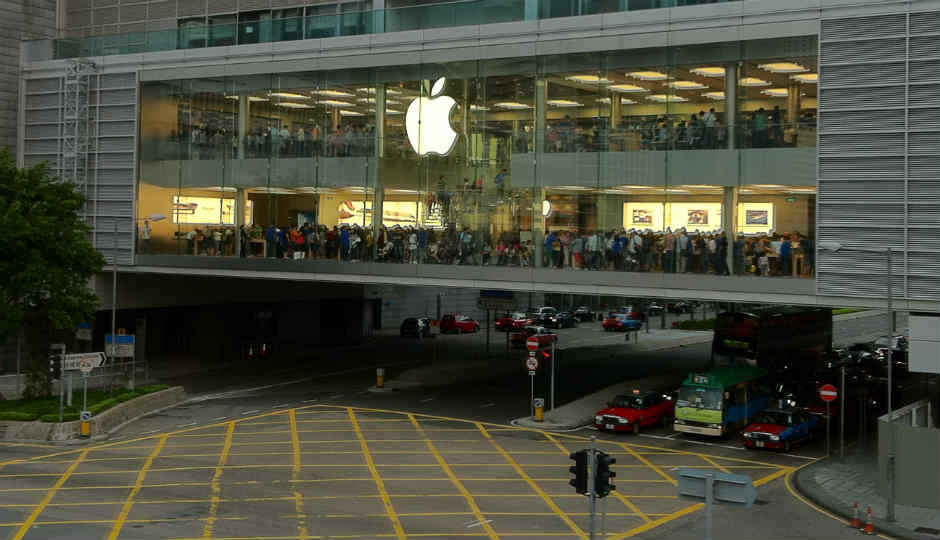The past and present of the epic Nokia vs Apple patent war
Nokia and Apple have fought before, and Nokia was the victor. Will this time be the same?

Behind every big smartphone is an epic legal battle. And it’s about time we had a good one. With stagnation in smartphone innovation, companies seem to be settling more lawsuits than filing them. So, it’s about time we had one, and who better than the ones who started it all.
 Survey
SurveyThe great smartphone patent war of 2009 were started by Nokia and Apple, but the companies settled in 2011. Now that Nokia is making its way back to the market, they’re at it again.
The fight at hand
The 2016 battle actually started with third party patent assertion firms suing Apple based on Nokia’s patents. Apple, in turn, sued these firms, including Acacia Research and Conversant Property Management. According to Apple, the third party entities are conspiring with Nokia to extract unfair royalties.
The Cupertino, California based company argues that since these third parties do not actually produce anything, they are not bound by the terms Nokia is. It has also been implied that these third party entities are targeting Apple. According to The Verge, Acacia has sued Apple 40 times, while Conversant has sued 12 times, both for patents that are owned by Nokia. Apple’s appeal is against this particular practice.
In retaliation, Nokia has sued Apple directly, in both US and Germany. Nokia’s suit covers 32 patents, and that includes everything from display to UI, software, Siri, antenna, chipsets and even the video-coding technology. Nokia alleges that Apple is using many more of its technology than what it’s currently paying the company for.
“Through our sustained investment in research and development, Nokia has created or contributed to many of the fundamental technologies used in today's mobile devices, including Apple products. After several years of negotiations trying to reach agreement to cover Apple's use of these patents, we are now taking action to defend our rights,” Ikka Rhanasto, head of Nokia’s patent business, said in a statement.
The lawsuit filed by Nokia in the US, says Apple is infringing on the following patents: U.S. Patent Nos. 7,415,247 (“the ’247 patent”), 9,270,301 (“the ’301 patent”), 8,036,619 (“the ’619 patent”), 6,393,260 (“the ’260 patent”), 6,480,700 (“the ’700 patent”), 7,653,366 (“the ’366 patent”), 6,826,391 (“the ’391 patent”), 9,473,602 (“the ’602 patent”), 6,208,725 (“the ’725 patent”), and 6,701,294 (“the ’294 patent”) (collectively, the “Asserted Patents” or “Patents-in-Suit”).
Nokia has accused Apple for infringing on its patents for multiple Apple products, including all its iPhones (from iPhone 3GS to iPhone 7). The iPad Pro and all versions of the iPad Air and Mini are also included. If that wasn’t enough, even the Apple Watch and Apple TV are included in Nokia’s lawsuit, along with the Find My iPhone and Find My iPad services.
While Nokia’s lawsuit (pdf courtesy ArsTechnica) details how Apple has infringed all of these patents, one example is that of Siri. According to Nokia, Siri and its implementation is infringement on US Patent No. 6,701,294. Similarly, Nokia has detailed various ways in which Apple’s mobile devices infringe on its patents, ranging from methods to save power in smartphones, to how various circuitry works.
How it began
Nokia and Apple’s patent wars started back in 2009, when Nokia sued Apple for infringing on 10 patents. Apple countersued Nokia, which then took further action in December 2010. At the time, the disputes between the companies were around Wi-Fi and 3G technologies, and also the touch interfaces and caller IDs.
These battles were settled in 2011, when Apple agreed to pay an undisclosed sum of money and future royalties to Nokia for the use of its patents. “This settlement demonstrates Nokia's industry-leading patent portfolio and enables us to focus on further licensing opportunities in the mobile communications market,” said Stephen Elop, the Nokia CEO at the time.
Well, now that Nokia is heading back to the market, albeit by licensing its brand, it seems a juicy patent battle is just what it needs to gain back the consumer’s attention.